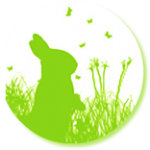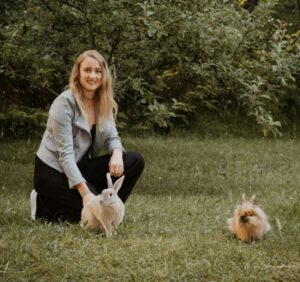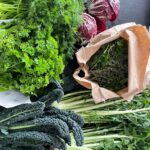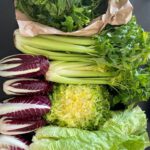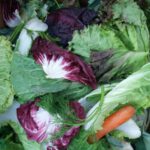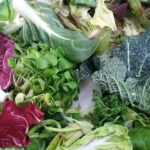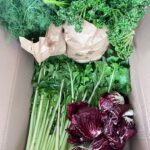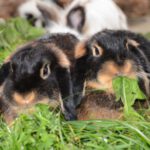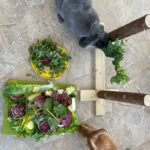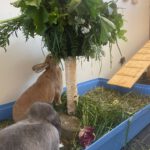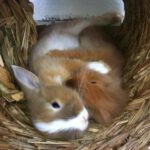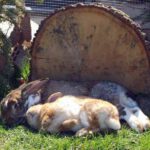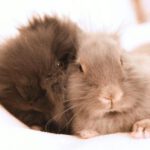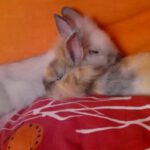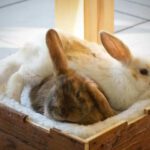Learning to Identify Conifer Branches and Coniferous Trees
Coniferous trees are an important food source for rabbits. Especially in winter, they should be fed in larger amounts — the essential oils they contain help keep rabbits healthy and can prevent respiratory and digestive issues. Conifer branches are usually gnawed on in small amounts as needed. That’s why they also make great green decoration in a rabbit enclosure.
There are six main types of coniferous trees:
- Spruces (also suitable)
- Firs (suitable for feeding)
- Douglas firs (suitable)
- Pines (edible)
- Cedars (suitable)
- Larches (edible)
- Yews (highly toxic!)

You should also mention the plant species:
- Thuja
- Cypress
- Juniper, and
- False cypress,
which can look similar to coniferous trees to the untrained eye. All of them are harmless in very small amounts as part of a varied diet (do not feed them as the only food or without alternatives). They can be distinguished from true conifers by their leaf shape — they don’t have actual “needles.”
For feeding purposes, it’s not necessary to identify the exact species. What matters is correctly assigning the tree to the right group — or ruling out that it’s a yew, which is highly toxic.
Spruces
Spruces are the most widespread coniferous trees in Germany. The typical forests where every tree looks almost identical are usually spruce forests — most often consisting of Norway spruces.
Norway spruce, also known as common spruce.


Nest spruce (Nestfichte)
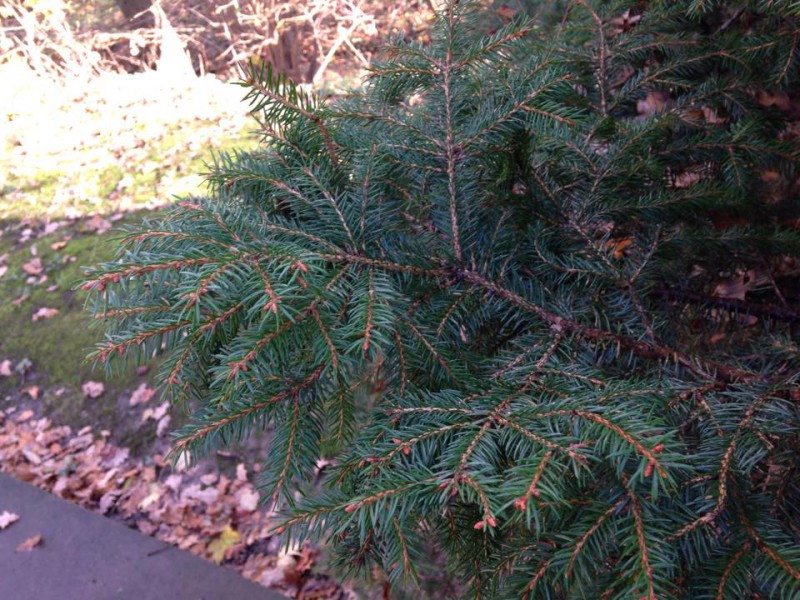
Blue Colorado Spruce
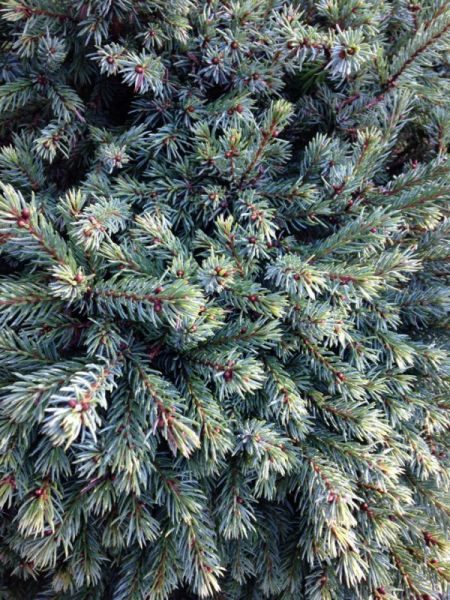

Blue spruce

Sharp-needled spruce

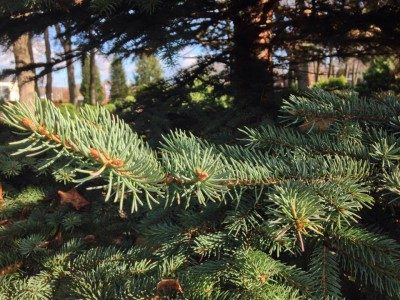
P
Nesting spruce
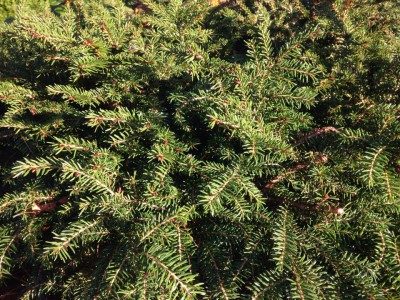
Serbian spruce
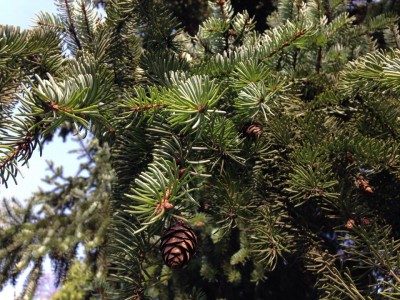
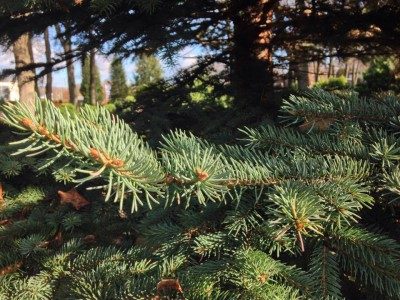
Weeping spruce
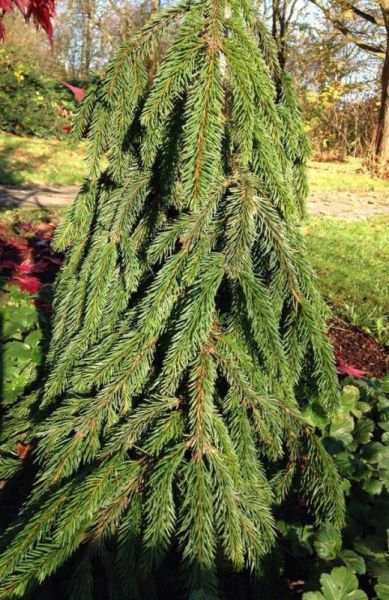
Norway spruce

Conical Norway spruce
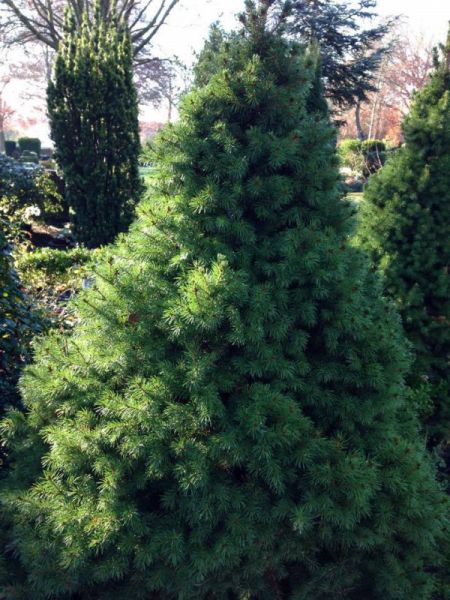
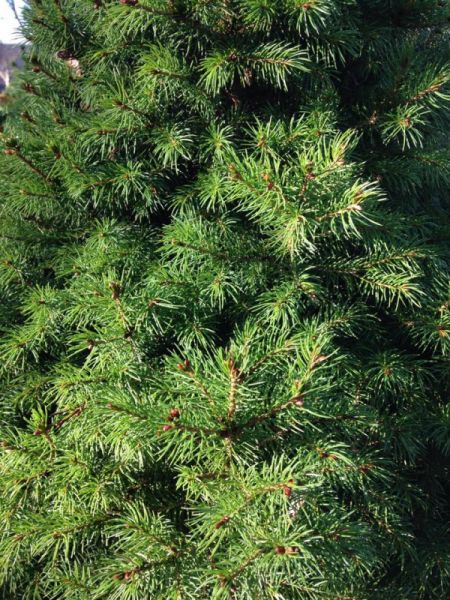
Spruces vary quite a bit in appearance, but they share consistent defining features.
